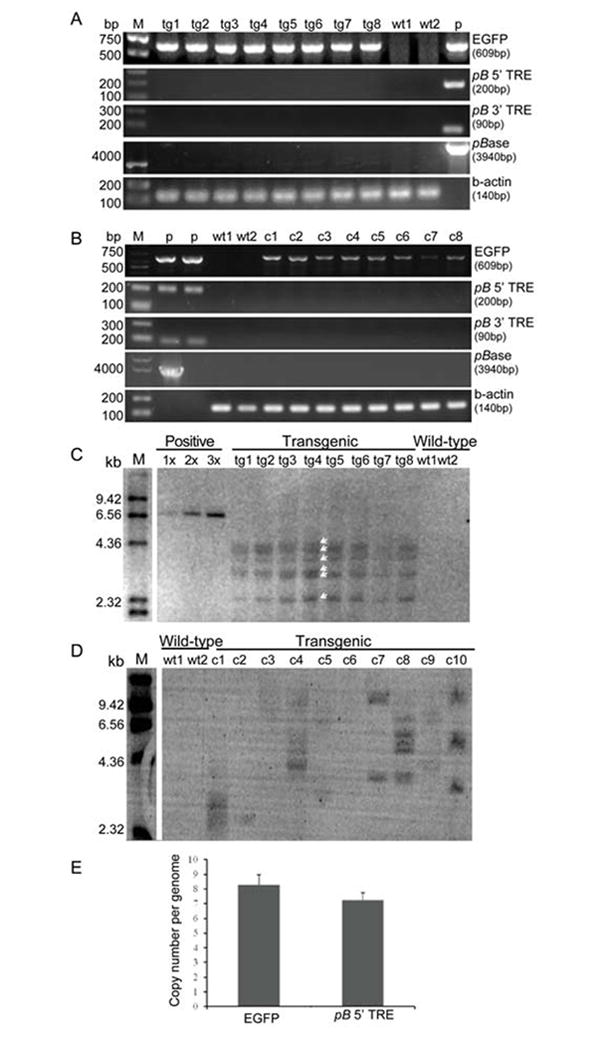Fig.3. Genetic analyses of transgenic pigs and FF clones produced by pB transposon-mediated gene transfer.

(A). PCR analysis of EGFP, pB 5’-TRE, pB 3’-TRE and pB transposase expression gene cassette in the genome of transgenic pigs. A 609 bp fragment of EGFP gene was amplified from the genomic DNA of all the transgenic pigs but not from wild-type pigs. PCR products for pB 5’-TRE, pB 3’-TRE and pB transposase were not detected. P, positive control using plasmid DNA of donor vector pB CMV-neo-EGFP as template for amplification of EGFP gene, or using plasmid DNA of helper vector mPBase as template for amplification of pB transposase gene expression cassette. (B). PCR analysis of EGFP, pB 5’-TRE, pB 3’-TRE and pB transposase expression gene cassette in the genome of eight individual FF clones. Again we detected EGFP, but no PCR products for pB 5’-TRE, pB 3’-TRE and pB transposase. (C). Southern blot analysis of EGFP in transgenic pigs. 1x, 2x and 3x, represents plasmid positive control respectively harboring 1 copy, 2 copies and 3 copies of transgene per pig genome. Southern blot analysis of positive control was carried out with a mixture of 10 μg of wild-type pigs’ genomic DNA and 2.57×10-5 μg (1 copy), or 5.14×10-5 μg (2 copies), or 7.71×10-5 μg (3 copies) of donor vector pB CMV-neo-EGFP plasmid DNA as total starting DNA. The amount of plasmid DNA used to mix with wild-type pigs’ genomic DNA for Southern blot analysis of positive controls was calculated based on the following equation: copy number (1, or 2, or 3) × plasmid length (6.94×103 bp) / pig genome whole length (27×108 bp) = amount of plasmid DNA / amount of WT pig genomic DNA (10 μg). Six bands (indicated by white arrows) were detected from the genome of transgenic pigs, and the intensity of each band was similar with that of 1 copy positive control, suggesting the transgene was integrated in at least 6 sites of each transgenic pig genome, and that each insertion site contains only 1 copy of transgene. (D). Southern blot analysis of EGFP in ten individual transgenic and two wild-type FF clones. (E). Real-time quantitative PCR analysis of transgene copy number per transgenic pig genome. Data is presented as mean ± SD (n=4).
